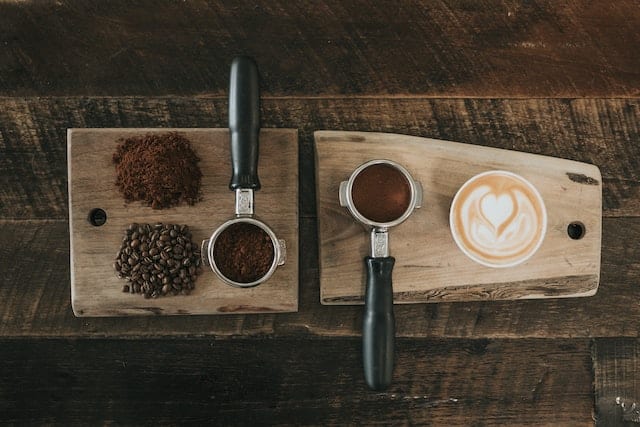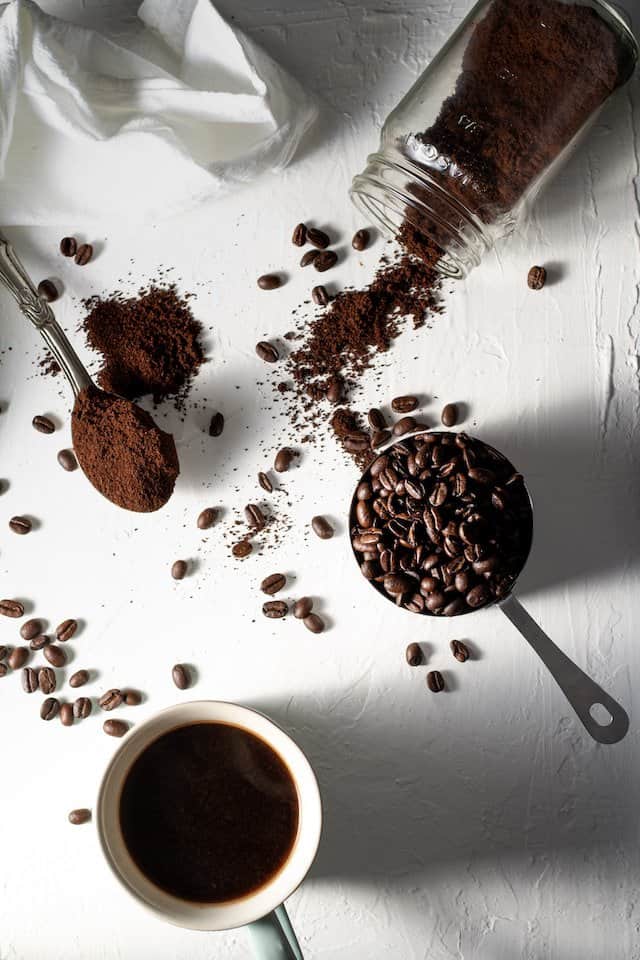Discovering Your Bean Personality: How to Find Your Favourite Coffee Blend
Coffee is more than just a morning pick-me-up, it’s a ritual that can shape your entire day. With so many different coffee blends and roasts to choose from, finding the perfect cup of coffee can be overwhelming.

However, discovering your personal “bean personality” can help you narrow down your options and find the perfect coffee blend that suits your individual taste preferences. Whether you prefer bold and full-bodied roasts or delicate and nuanced blends, understanding your bean personality can lead you to a new level of coffee appreciation and enjoyment.
So, let’s explore the different coffee blends and find your perfect match.
Bean origin
Coffee beans grown in different regions have unique flavour and aroma profiles due to a combination of factors such as the soil, climate, altitude, and growing methods. For example, coffee beans grown in Ethiopia are known for their fruity notes because of the rich soil, high altitude, and favourable climate conditions.
On the other hand, beans grown in Colombia are known for their nutty flavour, which is a result of the warm climate and volcanic soil. Additionally, coffee grown in different regions can also have different levels of acidity, body, and bitterness. For instance, coffee grown in South America is often known for its bright acidity and light to medium body, while coffee grown in Africa is often known for its juicy, fruity notes and medium to full body.
It’s important to note that these are just generalisations and that the flavour profile of coffee beans can vary greatly even within a single region, depending on the specific farm, growing methods, and processing techniques used.
Before buying a coffee blend the best source for coffee information is the label at the back of the package. You can use it to gain information about the beans and decide whether it works for you or not.
Roast level
The roast level of coffee beans is one of the key factors that affects the flavour and aroma of the coffee. Roasting beans for a longer period of time leads to a darker roast, while roasting for a shorter period results in a lighter roast.
Light roast coffee, also known as a light city roast or a blond roast, has a lighter body and brighter acidity compared to darker roasts. The lighter roast allows the coffee’s natural flavours and characteristics to shine through, and the high acidity gives the coffee a bright, tangy taste. Light roast coffee is often described as having fruity, floral, or citrusy notes.
On the other hand, dark roast coffee, also known as a French roast or an Italian roast, has a heavier body and a more intense, smoky taste. The long roasting time results in the coffee’s natural sugars and oils caramelising, which contributes to its darker colour and bolder taste. Dark roast coffee is often described as having notes of chocolate, caramel, or roasted nuts.
Bean variety
Arabica and Robusta are two of the most common species of coffee beans and have distinct flavour profiles. Arabica beans are considered to be of a higher quality, with a mild and complex aroma, while Robusta beans are known for their stronger and more bitter taste.
Arabica beans are grown at high altitudes and have a lower caffeine content. They are also known for their sweet and fruity notes, as well as their complex aroma and bright acidity. Arabica beans are often considered to be the more premium of the two species and are used in many specialty coffee blends.
Robusta beans are grown at lower altitudes and have a higher caffeine content. This results in a stronger and more bitter coffee, with notes of nuts and chocolate. Robusta beans are often used in lower-priced coffee blends or for espresso-based drinks, where their bold flavour profile can be appreciated.

Ultimately, the choice between Arabica and Robusta beans comes down to personal preference. If you prefer a milder, sweeter cup of coffee, you may prefer Arabica beans, but if you prefer a stronger, bolder taste, Robusta beans may be the way to go.
Grind size
The size of the grind plays a crucial role in determining the taste and strength of your coffee. Whether you use a manual coffee grinder or an automatic coffee maker, the grind size refers to the size of the coffee particles produced when the beans are ground. The smaller the particle size, the finer the grind.
A finer grind will result in a stronger coffee, as it allows for a greater surface area of the coffee to come in contact with the water. This leads to a faster extraction of the coffee’s flavours and compounds, resulting in a stronger cup of coffee. A finer grind is typically used for espresso or Turkish coffee, as it allows for a quick and intense extraction.
A coarser grind will produce a milder tasting cup of coffee, as it allows for a slower extraction. The coarser grind is often used for methods such as French press or pour-over, which require a slower extraction. A coarser grind can help to reduce bitterness and allow for a smoother, more balanced cup of coffee.
Conclusion
Finding your perfect coffee blend is about more than just choosing a brand or roast level. It’s about understanding your personal “bean personality” and choosing a blend that suits your individual taste preferences.